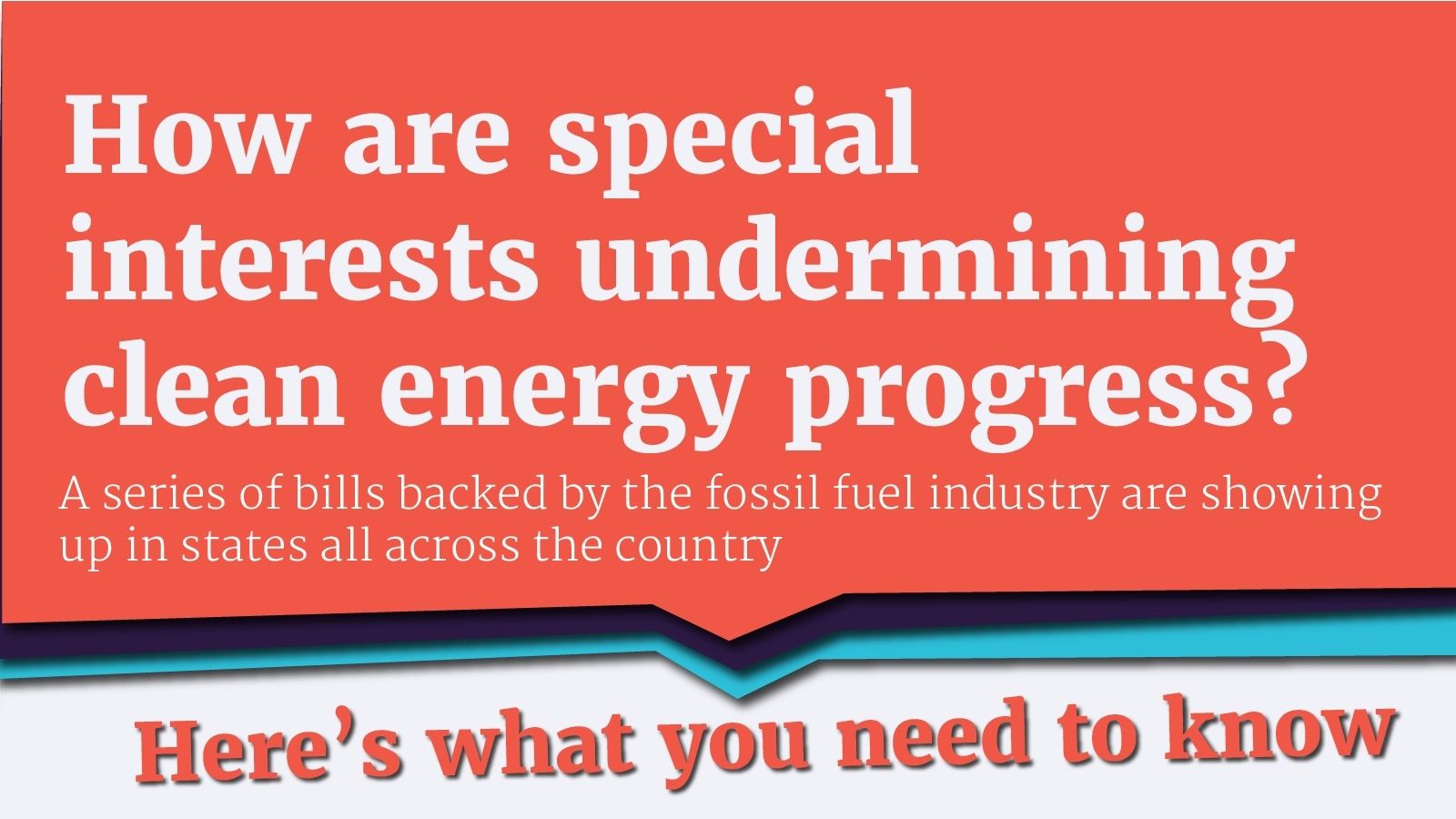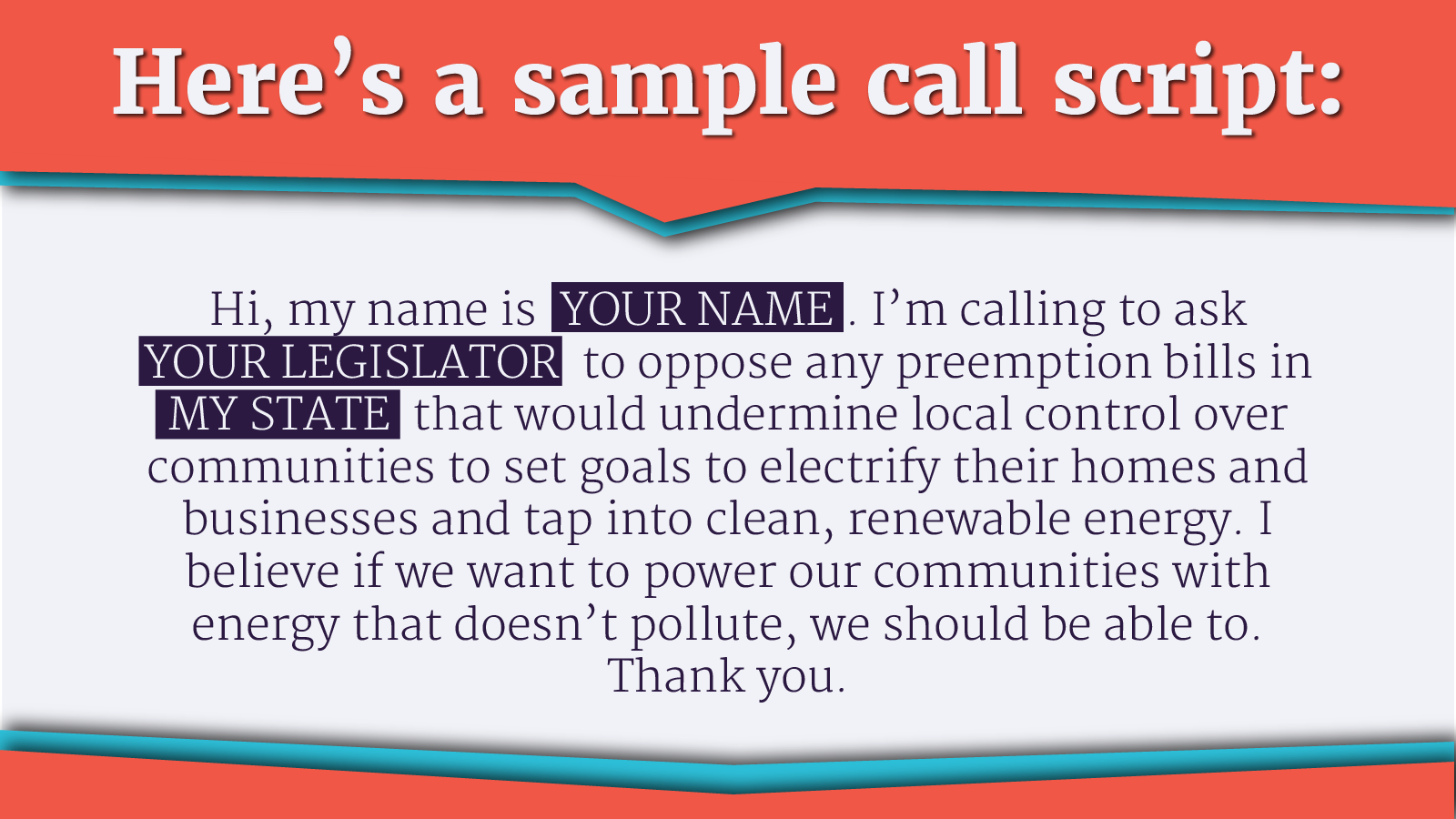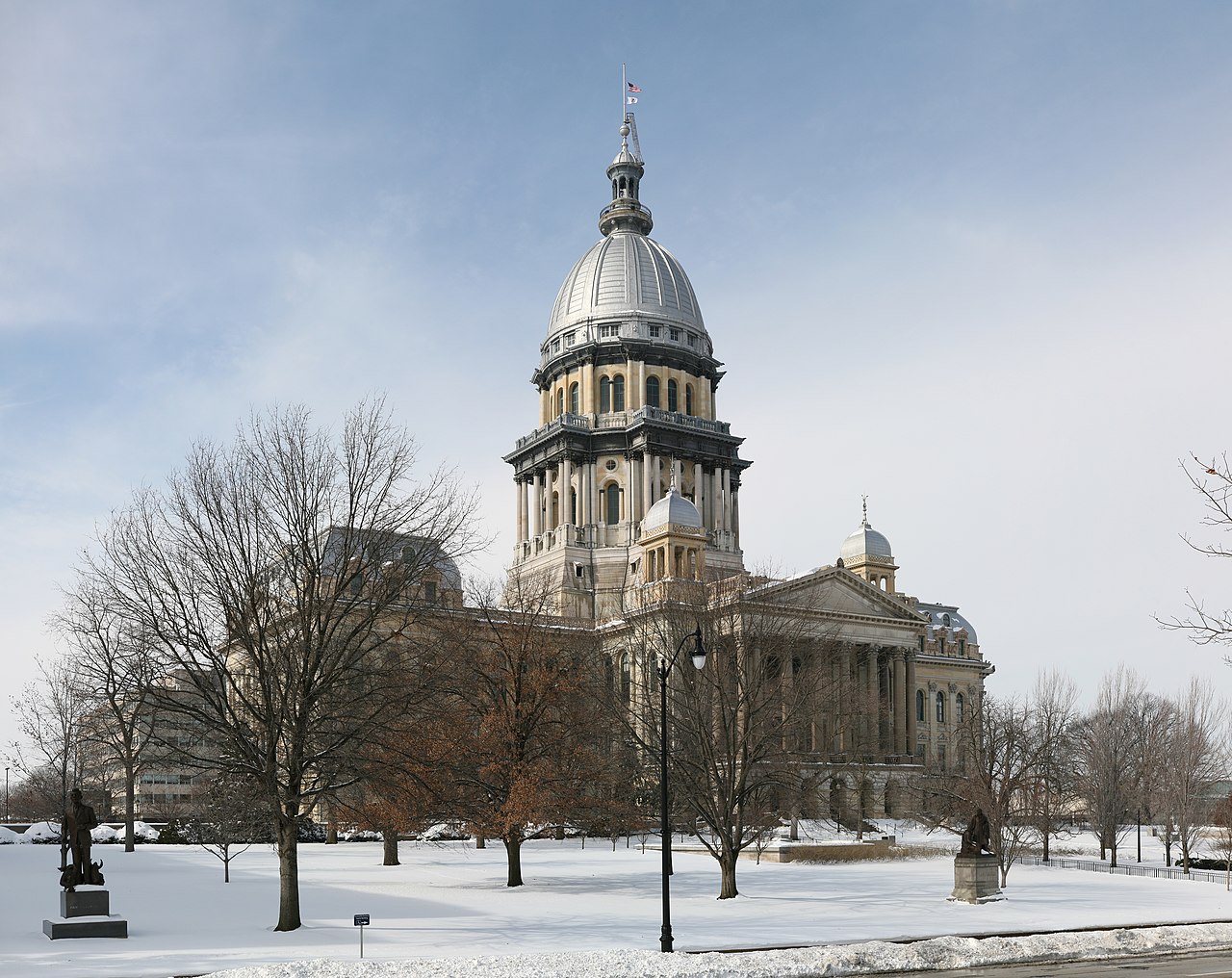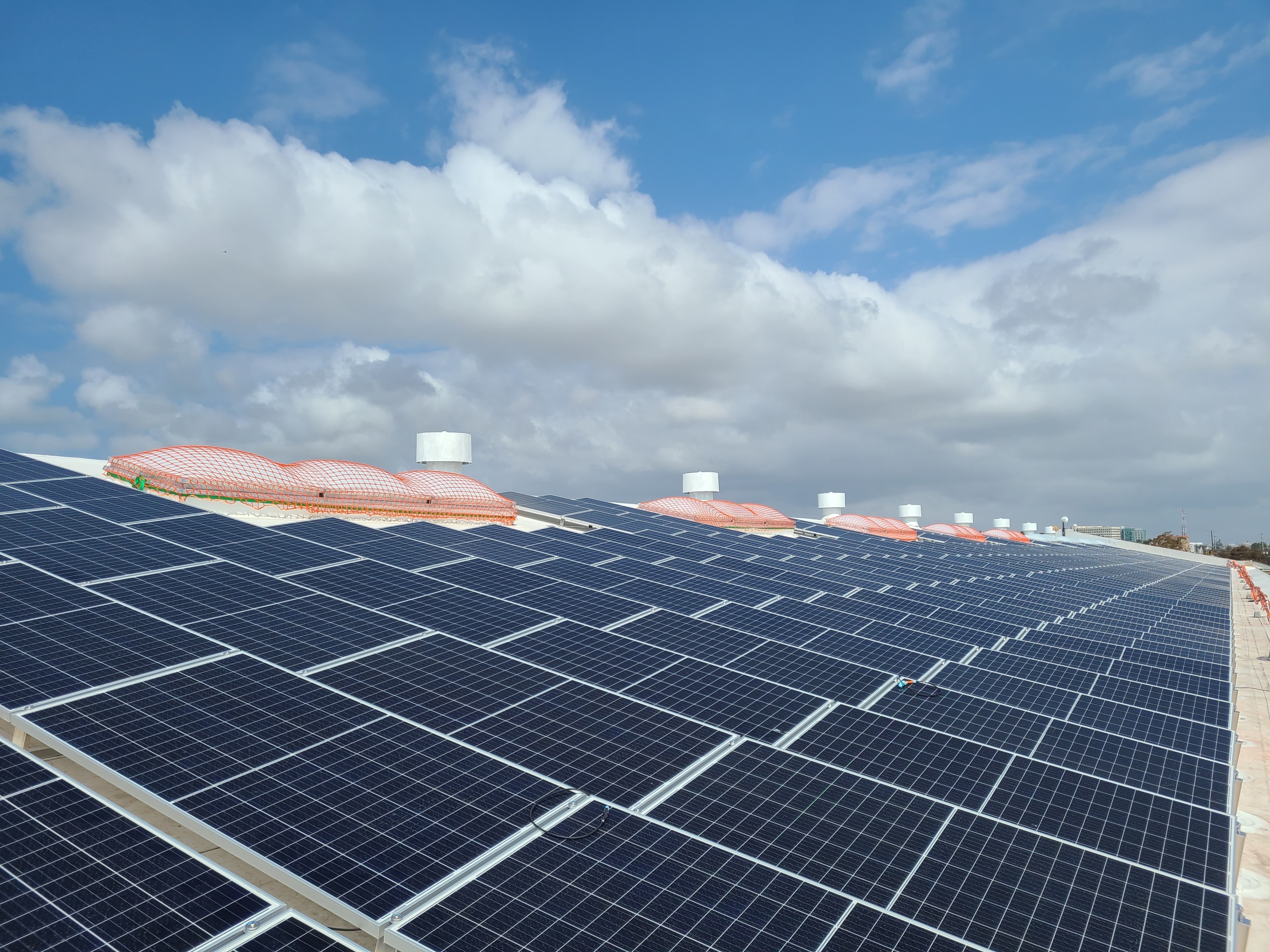What are gas companies so afraid of?
Why a set of legislation poses a critical threat to our health and environment

America’s buildings account for nearly 40 percent of national energy consumption. By transitioning from fossil fuels to electricity for heating, hot water, cooking and more, we can save a tremendous amount of energy, reduce pollution and protect the climate.
However, as more and more municipalities join the movement to electrify our buildings, the gas industry is fighting tooth and nail to bring it to a halt.
Electric buildings would slash pollution and lower costs.
According to Environment America Research & Policy Center and the U.S. PIRG Education Fund’s new report, Electric Buildings, electrifying most of our country’s homes and businesses by 2050 could cut global warming pollution by about 306 million metric tons in 2050. That is the equivalent of about 65 million of today’s cars from the road. In other words, it’s like eliminating almost three times the number of cars and trucks in Texas.
With that type of impact, electric buildings must be part of the path to a 100 percent renewable energy future — especially when we already have the know-how to make them so much more efficient than fossil fuel-powered options. Not only that, but technologies like heat pumps and induction cookstoves can be powered by wind, solar and geothermal. They also integrate well with other clean energy technologies like rooftop solar, battery packs, and electric vehicles.
In addition, building electrification can also be highly cost-effective for consumers. This is especially true with new construction. Installing fully electric systems in new homes and commercial buildings now makes financial sense for owners in almost every circumstance.
But the gas industry is fighting to keep us dependent on fossil fuels.
Although electric technologies are growing, several barriers stand in the way — most notably, the gas industry.
Right now, gas companies and other special interest groups are backing a series of bills across the country to stop communities from electrifying buildings. Fearful that, given a choice, communities will pick more appealing clean energy options, these businesses recognize they are facing an existential crisis. Their solution: take away the option altogether.
Why does this plan to get states to take away communities’ freedom to electrify buildings matter?
Because burning fossil fuels is bad for our health. The gas that many of us still use to create energy for heat, hot water and to run appliances in our buildings is mostly methane. When that gas is released into the atmosphere, it both accelerates global warming and, when burned, creates harmful air pollution. Gas stoves alone may be putting the health of tens of millions of people at risk by creating levels of air pollution in homes that would be illegal outdoors.
Our dependence on fossil fuels also harms our planet. This damage is done during every step of their development, from mining to disposal. Fracking for gas and oil pollutes our air and contaminates drinking water. Meanwhile, gas leaks and explosions caused in part by aging infrastructure, along with the inherent risk of the fuel source, put workers and neighborhoods at risk.
We don’t need dangerous and dirty fuels to meet our energy needs. By electrifying our buildings and connecting them to a grid that is increasingly powered by wind and solar energy, we can phase out fossil fuels and all be better for it.
Despite the efforts of gas companies to place obstacles in the way of clean-powered buildings, there is momentum to roll out fossil fuel-free, electric buildings. This has come from forward-looking cities, counties and towns across the country. We’ve already seen more than 40 cities and counties in California, including San Francisco and San Jose, along with New York City and Seattle, pass policies to limit or phase out gas infrastructure in new buildings. But with gas companies flexing their political muscle to prevent this progress, the future hangs in the balance.
How can you help?
You can join the movement to stand up to defend communities’ freedom to choose clean energy.
To date, anti-electrification legislation has passed in 13 states — Arizona, Arkansas, Georgia, Indiana, Iowa, Kansas, Kentucky, Louisiana, Oklahoma, Tennessee, Utah, West Virginia and Wyoming.
But there are bills still pending in six states — Florida, Missouri, North Carolina, Ohio, Pennsylvania and Texas. If you live in any of these states, you should call your legislators to tell them that you strongly oppose this legislation and urge them to vote against it. You can use this call script and share it with friends and family as well.

If gas companies have it their way, someday soon many Americans will live in a community that wants to act on climate by electrifying their homes, buildings and businesses — but can’t because the industry has tied their hands.
Let’s not let special interests steamroll state lawmakers into trampling on the freedom. Local communities should have the right to choose a cleaner future for the people who live there. That must include the right to choose efficient electric buildings.
Topics
Authors
Brynn Furey
Find Out More

Our 2024 priorities in the states

Celebrating new protections taking effect in 2024

A look back at what our unique network accomplished in 2023

